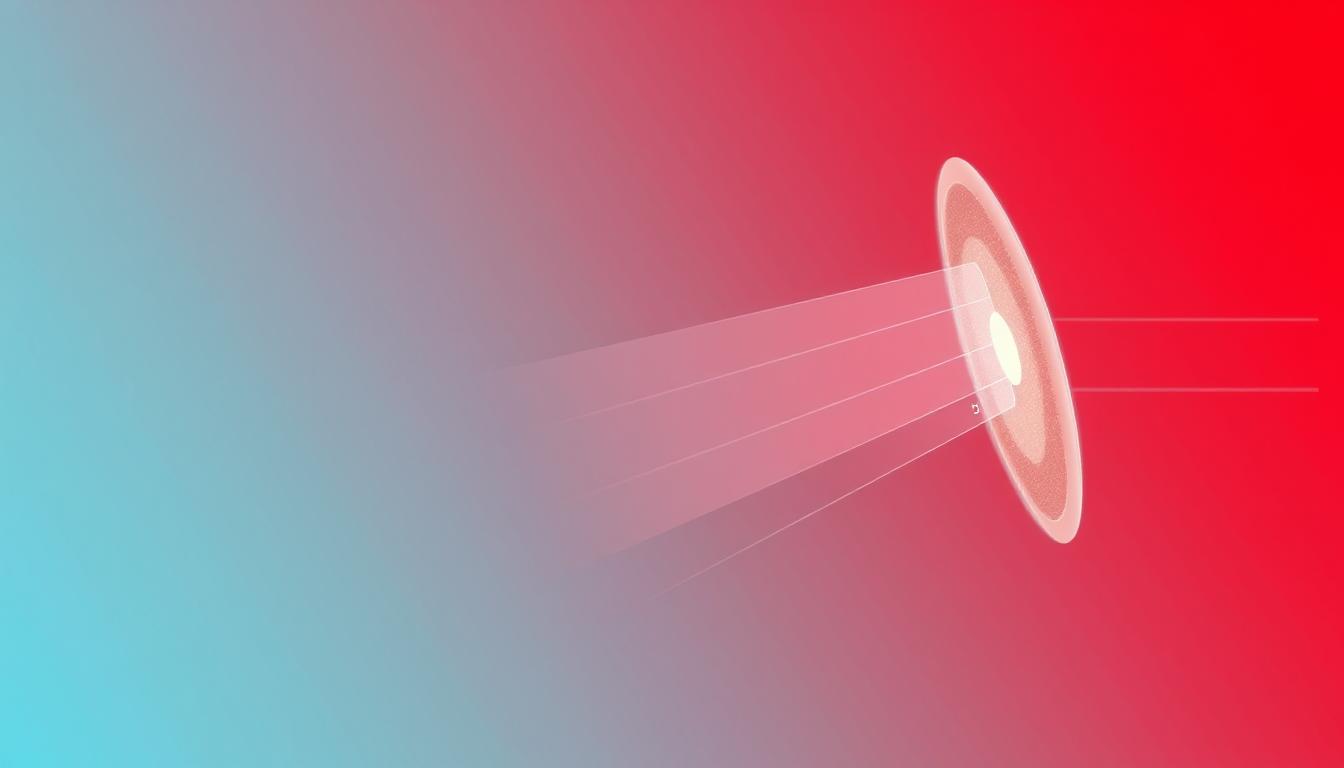Lichen sclerosus (LS) is a chronic inflammatory skin condition that primarily affects the genital and anal regions, causing white, patchy skin that becomes thin, fragile, and prone to tearing. For the estimated 1 in 30 postmenopausal women affected by this condition, the itching, pain, and discomfort can significantly impact quality of life. While topical corticosteroids remain the standard treatment, many patients seek alternatives due to concerns about long-term steroid use or inadequate symptom relief.
Red light therapy (RLT) has emerged as a promising complementary approach for managing lichen sclerosus. This non-invasive treatment uses specific wavelengths of red and near-infrared light to stimulate cellular energy production, reduce inflammation, and promote tissue healing—all without the side effects associated with pharmaceutical interventions.
In this evidence-based guide, we’ll examine the science behind red light therapy for lichen sclerosus, review clinical research, and provide practical guidance on device selection and treatment protocols.
Understanding Lichen Sclerosus
Lichen sclerosus is characterized by small, white, shiny patches on the skin that can become thin, wrinkled, and prone to tearing or bleeding. While it can affect any area of the body, it most commonly appears in the genital and anal regions. The condition affects people of all ages but is most prevalent in postmenopausal women.
The exact cause remains unknown, but research suggests autoimmune factors play a significant role. The body’s immune system attacks healthy skin cells, leading to inflammation and the characteristic changes in skin appearance and texture. Genetic predisposition and hormonal imbalances may also contribute to its development.
Common Symptoms of Lichen Sclerosus
Conventional treatment typically involves potent topical corticosteroids to reduce inflammation and manage symptoms. While effective for many patients, these medications can cause side effects with long-term use, including further skin thinning, increased susceptibility to infections, and rebound effects when discontinued.
How Red Light Therapy Works for Inflammatory Skin Conditions
Red light therapy, also known as photobiomodulation, works by delivering specific wavelengths of light (typically 630-850 nm) to skin tissue. Unlike UV light, these wavelengths penetrate beneath the skin surface without causing damage. When absorbed by cells, particularly by the mitochondria (cellular energy centers), this light energy triggers a cascade of beneficial biological effects.
The Science Behind Photobiomodulation
These mechanisms make red light therapy particularly relevant for lichen sclerosus, which involves chronic inflammation, compromised tissue integrity, and impaired healing processes.
Clinical Evidence for Red Light Therapy in Lichen Sclerosus
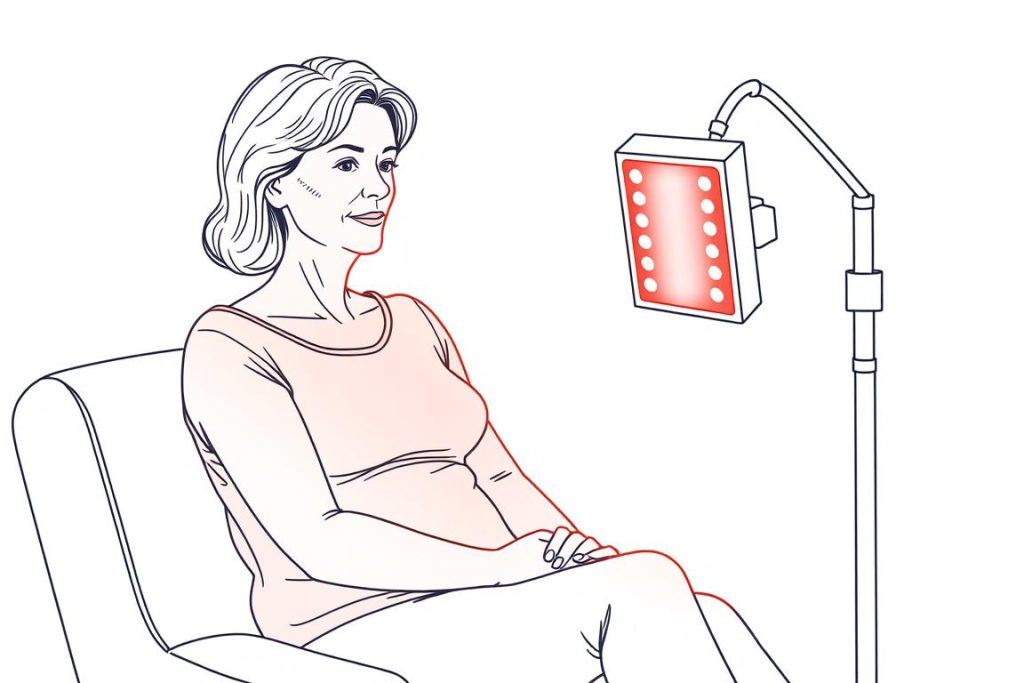
While research specifically on red light therapy for lichen sclerosus is still emerging, several clinical studies have demonstrated promising results for photobiomodulation in treating inflammatory skin conditions, including LS.
Key Research Findings
“Photodynamic therapy is a valuable therapeutic modality in the treatment of VLS, especially those which are refractory to current treatment. It is undoubtedly a high-efficacy method, particularly in terms of resolution of subjective symptoms, which is reflected in an improvement in the quality of life of treated women.”
These studies suggest that red light therapy can be particularly effective for managing the most troublesome symptoms of lichen sclerosus, including itching, pain, and discomfort, while potentially slowing disease progression and improving skin quality.
Specific Benefits of Red Light Therapy for Lichen Sclerosus
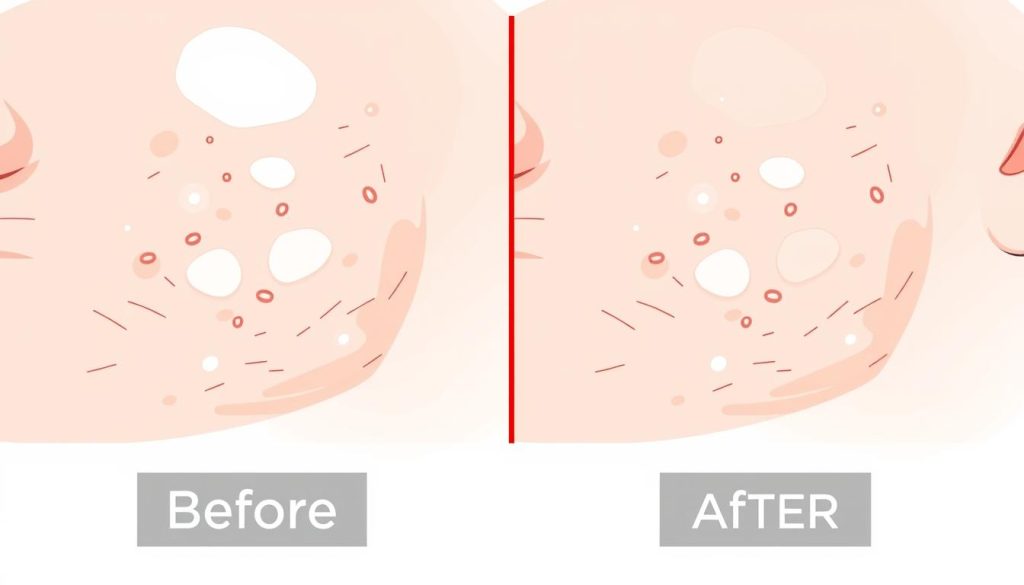
Anti-inflammatory Effects
Inflammation is a key driver of lichen sclerosus symptoms and progression. Red light therapy has been shown to reduce pro-inflammatory cytokines and increase anti-inflammatory mediators. In a study by Zhang et al. (2021), patients with vulvar lichen sclerosus experienced significant reduction of inflammatory markers following photodynamic therapy with 635 nm red light.
Pain and Itch Relief
One of the most immediate benefits reported by lichen sclerosus patients using red light therapy is the reduction of itching and pain. In the Lan et al. study mentioned earlier, all 10 patients experienced complete resolution of pruritus and pain after three sessions of photodynamic therapy with red light.
Improved Skin Integrity
The thinning and fragility of skin in lichen sclerosus can lead to tearing, bleeding, and eventually scarring. Red light therapy stimulates collagen production and strengthens the extracellular matrix, potentially helping to restore skin thickness and resilience. This may be particularly important for preventing the anatomical changes that can occur with advanced lichen sclerosus.
Enhanced Healing
By improving cellular energy production and blood flow, red light therapy creates optimal conditions for tissue repair. This can help heal existing lesions and prevent new ones from forming. The increased ATP production in cells exposed to red light provides the energy needed for efficient healing processes.
Complementary to Conventional Treatments
Red light therapy can be used alongside standard treatments like topical corticosteroids. This complementary approach may allow for reduced steroid use while maintaining or improving symptom control, potentially minimizing side effects from long-term steroid application.
Choosing the Right Red Light Therapy Device for Lichen Sclerosus
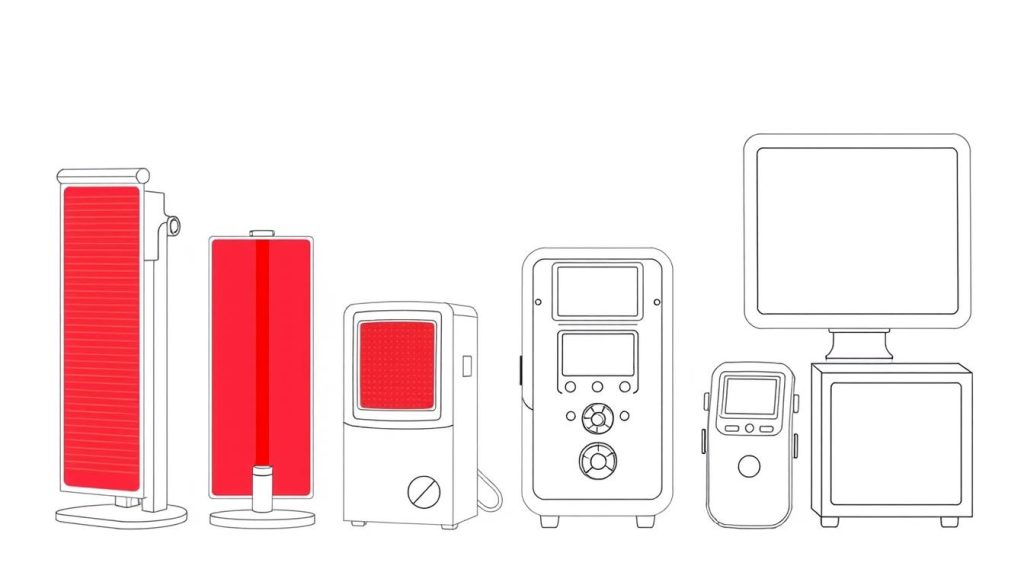
When selecting a red light therapy device for lichen sclerosus, several factors should be considered, including wavelength, power density, treatment area coverage, and ease of use. Let’s compare some leading options on the market.
Key Features to Consider
Recommended Devices for Lichen Sclerosus Treatment
RLT Home Total Spectrum Compact
The Total Spectrum Compact (30 in × 12 in, 216 LEDs) offers an ideal balance of coverage and convenience for treating lichen sclerosus. With seven clinically-validated wavelengths (630/633 nm, 660 nm, 808/810 nm, 830 nm, 850 nm, 1064 nm, plus 465 nm blue), it provides comprehensive therapeutic benefits.
The pre-built “Pain & Inflammation” mode is particularly relevant for lichen sclerosus symptoms. With zero measurable EMF at treatment distance and minimal flicker, it’s designed for safe, regular use.
PlatinumLED Therapy Lights
PlatinumLED devices are known for their high irradiance, which can reduce treatment times. Their BioMax series offers a combination of red and near-infrared wavelengths that can be beneficial for inflammatory skin conditions like lichen sclerosus.
The high power density allows for shorter sessions while still delivering therapeutic doses of light energy. However, they offer fewer wavelength options than some competitors.
Joovv Light Therapy
Joovv’s modular design allows users to start with a smaller unit and expand their system over time. This flexibility can be advantageous as treatment needs evolve.
Their devices deliver red and near-infrared light at clinically-relevant wavelengths, though they typically focus on fewer wavelength options. The modular approach works well for treating different body areas but may require additional investment over time.
Full-Body Treatment Options
For more extensive lichen sclerosus or for users who want the benefits of whole-body red light therapy, larger panels are available:
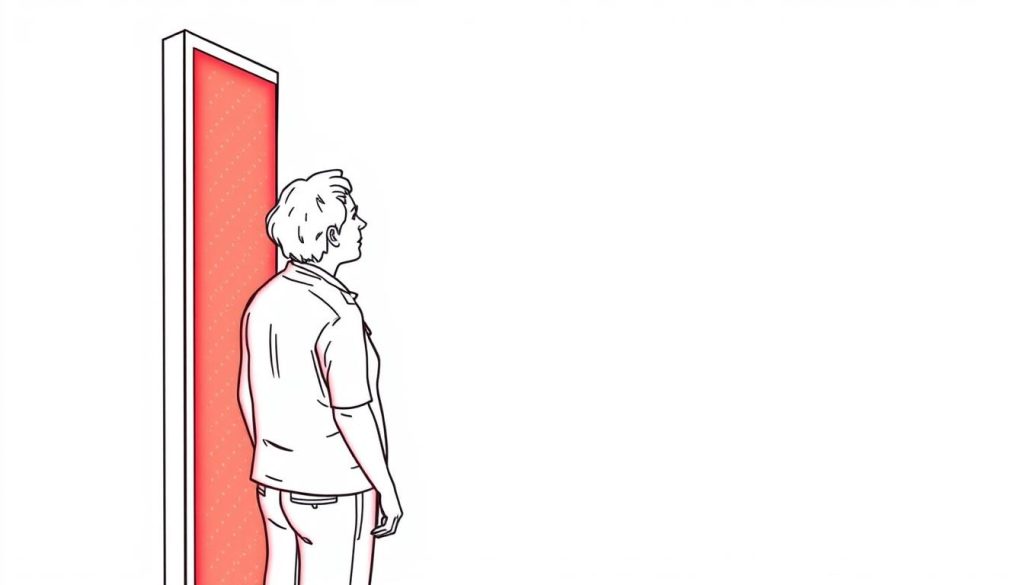
The RLT Home Total Spectrum Ultra (64 in × 12 in, 480 LEDs) offers full-body coverage with a motorized stand that allows you to lie beneath it. With three programmable height presets, it’s easy to position for treating different areas affected by lichen sclerosus. Like all RLT Home devices, it features seven therapeutic wavelengths and zero EMF at treatment distance.
Full-body treatments may offer additional benefits beyond the direct effects on lichen sclerosus, including improved circulation, reduced systemic inflammation, and enhanced overall wellbeing.
Pricing Considerations: Quality red light therapy panels typically range from $500-$2,000 depending on size and features. While this represents a significant investment, many users find the long-term value compelling compared to ongoing medication costs or clinical treatments. Most reputable manufacturers offer payment plans to make these devices more accessible.
Effective Treatment Protocols for Lichen Sclerosus
Based on clinical research and practitioner experience, here are recommended protocols for using red light therapy to manage lichen sclerosus symptoms:
Optimal Wavelengths
Research suggests that a combination of red (630-660 nm) and near-infrared (810-850 nm) wavelengths provides the most comprehensive benefits for inflammatory skin conditions like lichen sclerosus:
The RLT Home devices offer these key wavelengths plus additional therapeutic wavelengths (including 1064 nm for deeper penetration), providing comprehensive coverage for various aspects of lichen sclerosus treatment.
Treatment Frequency and Duration
Clinical studies by Li et al. (2020) and Lan et al. (2018) used similar protocols, with treatments 2-3 times per week for several weeks, resulting in significant symptom improvement for most participants.
Integrating with Conventional Treatments
Red light therapy works well as a complementary approach alongside conventional treatments. Consider these guidelines:
Important: Red light therapy should be considered a complementary approach, not a replacement for medical treatment. Always consult with your healthcare provider before starting any new treatment for lichen sclerosus.
Practical Tips for Maximizing Benefits
Before Treatment
During Treatment
After Treatment
Monitoring Progress
Keep a journal of your lichen sclerosus symptoms and treatment schedule. Note any changes in:
This documentation will help you and your healthcare provider assess the effectiveness of red light therapy as part of your overall treatment plan.
Safety Considerations and Potential Side Effects
Red light therapy is generally considered safe with minimal side effects, but there are some important considerations, especially when treating sensitive areas affected by lichen sclerosus.
Potential Side Effects
In clinical studies of phototherapy for lichen sclerosus, side effects were generally mild and short-lived. Gerkowicz et al. (2021) noted that “PDT is characterized by a high safety profile and in most cases is associated with the development of mild side effects.”
Contraindications
Red light therapy may not be appropriate for everyone. Consult your healthcare provider before starting treatment if you have:
Quality and Safety Features
When selecting a device, prioritize safety features such as:
These features are particularly important for a condition like lichen sclerosus that may require regular, long-term treatments.
Patient Experiences and Case Studies
While individual experiences vary, many lichen sclerosus patients report significant improvements with red light therapy. Here are some representative experiences based on published case studies and clinical reports:
“After struggling with lichen sclerosus for over five years and experiencing diminishing returns from topical steroids, I began using red light therapy three times weekly. Within a month, the constant itching had decreased by about 70%, and I was able to reduce my steroid use. After three months, the skin appeared less white and fragile, and I experienced far fewer tears and fissures.”
In the Lan et al. (2018) study, all 10 participants reported complete resolution of sexual dysfunction following red light photodynamic therapy, with significant improvements in quality of life measures.
Common patterns in patient reports include:
These experiences align with clinical findings that red light therapy can be particularly effective for managing the subjective symptoms of lichen sclerosus that most impact quality of life.
Expert Recommendations and Future Directions
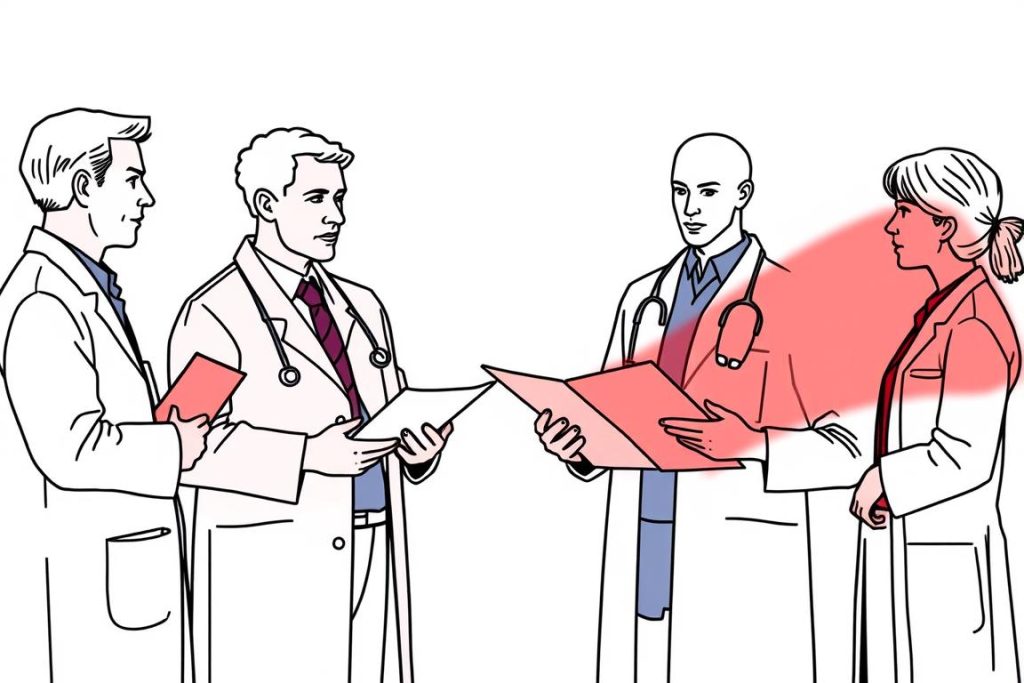
Dermatologists and researchers specializing in lichen sclerosus are increasingly recognizing the potential of red light therapy as a complementary treatment approach. Here’s what experts are saying:
“The necessity of implementing appropriate therapy at the earliest possible stage of the disease in order to avoid serious complications is highlighted. Photodynamic therapy is a valuable therapeutic modality in the treatment of vulvar lichen sclerosus, especially those which are refractory to current treatment.”
Current expert recommendations include:
Emerging Research and Future Directions
Research on red light therapy for lichen sclerosus continues to evolve. Current areas of investigation include:
As more research emerges, treatment protocols will likely become more refined and targeted. Patients interested in red light therapy should stay informed about new developments through reputable sources like the National Institute of Arthritis and Musculoskeletal and Skin Diseases (NIAMS), which provides updated information on lichen sclerosus treatments.
Conclusion: Is Red Light Therapy Right for Your Lichen Sclerosus?
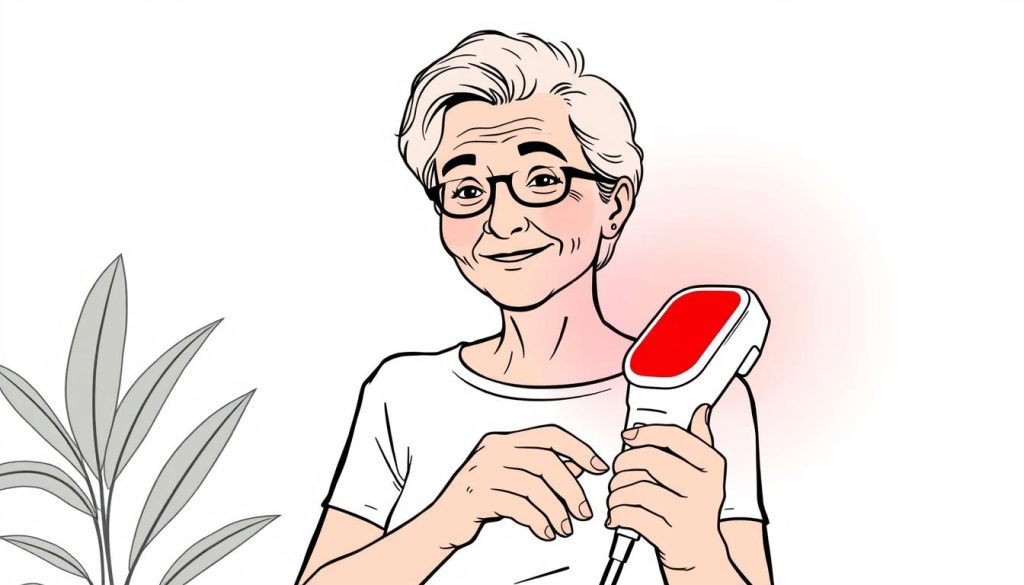
The evidence suggests that red light therapy can be a valuable component in managing lichen sclerosus, particularly for reducing inflammation, alleviating itching and pain, and potentially improving skin integrity. Its non-invasive nature and minimal side effects make it an attractive option for those seeking alternatives or complements to conventional treatments.
When considering red light therapy for lichen sclerosus:
For those ready to explore red light therapy options, the RLT Home Total Spectrum series offers devices specifically designed to address inflammatory conditions like lichen sclerosus. With seven therapeutic wavelengths, zero EMF at treatment distance, and pre-built treatment modes, these panels provide a comprehensive approach to photobiomodulation therapy.
Find the Right Red Light Therapy Device for Your Needs
Compare features, specifications, and pricing of leading red light therapy panels to find the best option for managing your lichen sclerosus symptoms.
Remember that while red light therapy shows promise for lichen sclerosus management, it works best as part of a comprehensive treatment approach developed in partnership with your healthcare providers.
— David, independent RLT researcher

